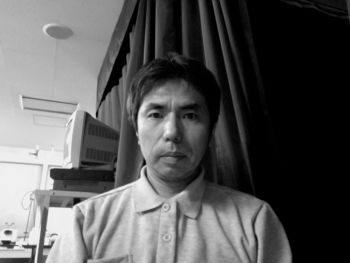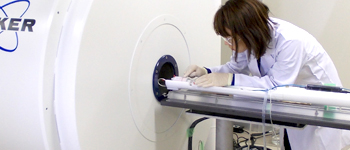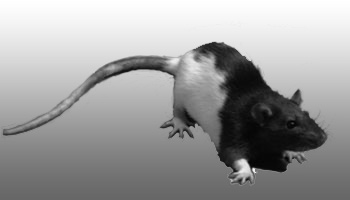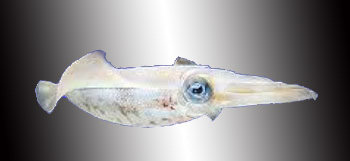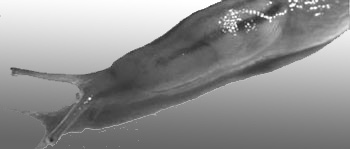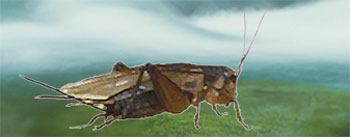病態モデル動物解析室 (2011/5 ~)
木村哲也 (室長): Tetsuya Kimura, PhD.
鈴木真美子 (流動研究員): Mamiko Suzuki, PhD.
自己紹介(木村哲也)
私は基本的に変わり者です。かなり長い期間生物学に従事していますが、大きくフィールドをかわって来ています。
元々は昆虫学者でしたが、本当に多くのタイプの、多くの動物の研究をしてきました。アルツハイマー病の研究を始めてから、
7年目になりましたが、ひょっとすると最も長くいた研究フィールドになるかもしれません。
私がこの分野に入って最初に衝撃を受けたのが、2つの原因物質とされる物質(ベータアミロイドとタウ)の生理機能が
全く考慮される事なく研究が進んでいることでした。長く生物学をやっていると、
進化の過程で何故ゴミが作られたのかが非常に気になってきます。ゴミを片付ければ病気が治るといっても、
ゴミかどうかの検討もされていない状態で、とても納得がいきません。
当時、私の母が認知症を患っていて、何とかこの病気を無くす事に尽力したいと思っていましたが、
その状況をみて暗澹たる思いをしたことを覚えています。
幸いにも、高島先生の尽力を得て、原因物質の1つであるタウの生理機能を調べる機会を得る事ができました。
結果は驚くべきもので、この原因物質は実は脳機能の基本を担う神経の可塑性に関与していることが明らかになってきました。
今現在、タウ依存性の神経可塑性が脳でどの様な役割をしているのかを調べ、神経原線維変化が形成される時の脳活動状態
を明らかにしようとしています。すなわち、神経原線維変化形成を外から制御する方法論を構築しようとしています。
これができれば、薬に頼る事なく認知症の制御ができるかもしれませんし、治療薬の薬効を際出させることができるかもしれません。
将来的には、神経科学をベースとした認知症のリハビリ法や予防法を開発しながら、高齢者の脳に優しい社会システムを提案
したいと思っています。
認知症克服に向けた取り組み
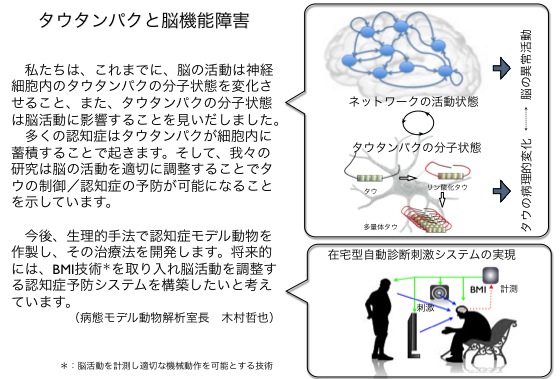
最近の原著論文
| ○Sotiropoulos I, et al. (2014) Female hippocampus vulnerability to environmental stress as precipitating factor in tau aggregation pathology. Journal of Alzheimer's Disease 43(3): in press (doi:10.3233/JAD-140693) |
|---|
| ○Sato C, et al. (2014) Contribution of nucleus accumbens core (AcbC) to behavior control during a learned resting period: introduction of a novel task and lesion experiments. PLoS ONE 9(4): e95941. (doi:10.1371/journal.pone.0095941) |
| ○Umeda T, et al. (2014) Neurofibrillary tangle formation by introducing wild-type human tau into APP transgenic mice, Acta Neuropathologica, 127(5):685-698 (doi: 10.1007/s00401-014-1259-1) |
| ○Kimura T, et al. (2013) Microtubule associated protein tau is essential for long-term depression in the hippocampus, Philosophical Transactions of the Royal Society B, 369:20130144 |
| ○Umeda T, et al. (2013) Neurodegenerative disorder FTDP-17 related tau intron 10 +16C→T mutation increases tau exon 10 splicing and causes tauopathy in transgenic mice. American Journal of Pathology 183(1):211-225 |
| ○Peretz PD, et al. (2013) In vivo functional brain mapping in a conditional mouse model of human tauopathy (tauP301L) reveals reduced neural activity in memory formation structures. Molecular Neurodegeneration 8(1):9 |
| ○Yoshiike Y, et al. (2012) Adaptive responses to alloxan-induced mild oxidative stress ameliorates certain tauopathy phenotypes, Aging Cell, 11(1):51-62 |
| ○Kambe T, et al. (2011) Differential regional distribution of phosphorylated tau and synapse loss in the nucleus accumbens in tauopathy model mice. Neurobiology of Disease 42:404-414 |
| ○Suzuki M, Kimura T, et al. (2011) Chromatophore activity during natural pattern expression by the squid Sepioteuthis lessoniana: contributions of oscillation. PloS ONE 6(4): e18244 |
| ○Kimura T, et al. (2010) Aggregation of detergent-insoluble tau is involved in neuronal loss but not in synaptic loss. Journal of Biological Chemistry 285(49):38692-38699 |
| ○Sekiguchi T, Furudate H, Kimura T (2010) Internal representation and memory formation of odor preference based on oscillatory activities in a terrestrial slug. Learning & Memory 17(8): 372-380 |
| ○Suzuki M, Kimura T, et al. (2009) FMRFamide elicits chromatophore expansion and retraction depending on its type and development in the squid, Sepioteuthis lessoniana. Invertebrate Neuroscience 9(3-4): 185-193 |
| ○Kitamura N, et al (2009) Beneficial effects of estrogen in a mouse model of cerebrovascular insufficiency. PloS ONE 4(4): e5159 |
| ○Kimura T, et al. (2008) GSK-3β is required for memory reconsolidation in adult brain. PloS ONE 3(10): e3540 |
| ○Yoshiike Y, et al. (2008) Amyloid oligomer conformation in a group of natively folded proteins. PLoS ONE 3(9): e3235 |
| ○Yoshiike Y, Kimura T, et al. (2008) GABAA receptor-mediated acceleration of aging-associated memory decline in APP/PS1 mice and its pharmacological treatment by picrotoxin. PLoS ONE 3(8): e3029 |
| ○Kimura T, et al. (2007) Hyperphosphorylated tau in parahippocampal cortex impairs place learning in aged mice expressing wild-type human tau. EMBOJ 26(24): 5143-5152 |
| ○Tanemura T et al. (2006) Formation of tau inclusions in knock-in mice with familial Alzheimer disease (FAD) mutation of presenilin 1 (PS1). Journal of Biological Chemistry 281(8): 5037-5041 |
